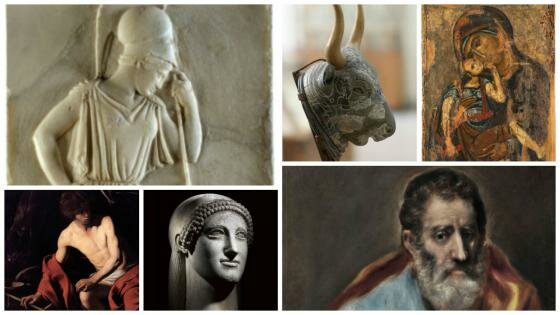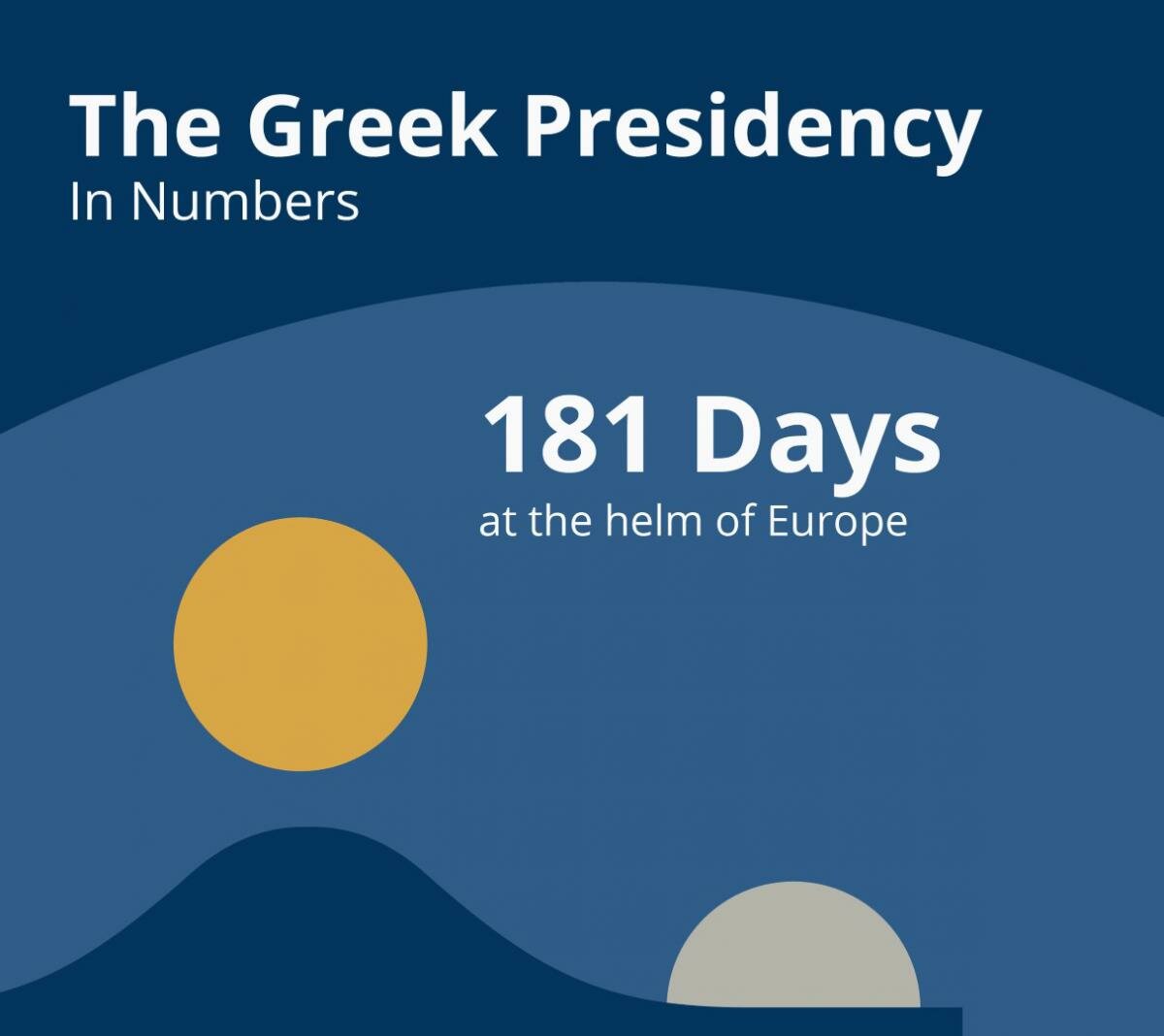- EUThe Presidency (EU)
Celebrating Europe’s Classical legacy with the Greek and the Italian Presidency
An exhibition celebrating ancient ties between Greece and Italy, and their legacy to European culture and unity, opens its doors on March 28 at Rome’s Presidential Quirinale Palace. The exhibition, "Classicism and Europe: The European destiny of Greece and Italy” aspires to illustrate the significance of the Greek and the Roman world in shaping European civilization and Europe’s contemporary cultural identity.
The exhibition features twenty-five masterpieces from Greece’s and Italy’s major museums, which will be displayed at Quirinale’s Hall of Ramps and Halls of Flags. Eleven of these works come from Greek museum collections and are representative of Greek art from the prehistoric period to the 20th century. These works of art are testament to the ideals of freedom and democracy that shaped Greek civilization, as well as to the anthropocentric element that lies at its core.
The Greek exhibits include some iconic works from the country’s most important museums: the relief of "Thinking Athena' from the Acropolis (460 BC – Acropolis Museum) a Linear B clay tablet from Pylos (late 13th century – National Archaeological Museum), two Cycladic figurines from Naxos (3000 BC – National Archaeological Museum), a rhyton shaped bullhead from the palace of Zakros (Minoan period- Archaeological Museum of Heraklion). The collection further includes Greek paintings, such as the 12th century “Our Lady of Mercy” from the Byzantine and Christian Museum, as well as El Greco’s “St. Peter” from the National Gallery.
The exhibition will be inaugurated by the President of the Hellenic Republic, Karolos Papoulias, and the President of the Italian Republic, Giorgio Napolitano, on March 28 at the Presidential Quirinale Palace in Rome. It celebrates the Greek Presidency of the EU Council in the first half of 2014, and its successor, the Italian Presidency during the second half of the year, dubbed “Year of the Mediterranean” by the two presidencies. The exhibition will run until July 15 in Rome, and will then be transferred to the National Archaeological Museum in Athens.








